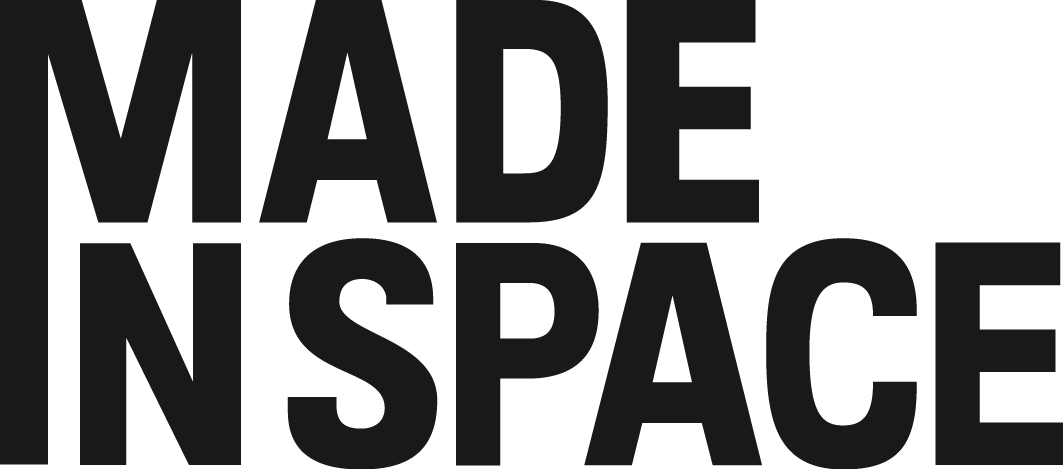There is a lot of interest in asteroid mining these days in the space industry. Huge amounts of important and useful metals could be recovered from one type of asteroid. Another type of asteroid could supply hydrocarbons which can be used in the manufacture of a number of import industrial products such as plastics and medicines. In addition to a source of raw materials, other uses for asteroids have been suggested. One popular idea would be to hollow out and colonize an asteroid. Another idea that has been tossed around for a long time is the idea of using asteroids for transportation. All of these possible uses share a common interest in ways of changing the trajectory of an asteroid. In other words, how would it be possible to turn an asteroid into a vehicle.
A California company named Made in Space has just received a grant from NASA to research how to turn asteroids into autonomous spacecraft. The project is called Reconstituting Asteroids into Mechanical Automata (RAMA). A co-founder of Made In Space told Space.com that, "Today, we have the ability to bring resources from Earth into space. But when we get to a tipping point where we need the resources in space, then the question becomes, 'Where do they come from and how do we get them, and how do we deliver them to the location that we need?' This is a way to do it."
The RAMA plan would start with sending robotic "Seed" spacecraft out to rendezvous with near-Earth asteroids. These spacecraft would land on the asteroids and use 3D printing and other technologies to construct propulsion, navigation, energy-storage and other systems from materials on the asteroid. The systems envisions for the asteroids would be quite simple. The navigation computer might be mechanical. The propulsion system would be some sort of a catapult that would literally throw material off the asteroid in order to propel it in the other direction. Once properly outfitted, the asteroids could be programmed to fly to any place they were needed such as a asteroid mining facility.
Made in Space has expertise in 3D printing in space. They produced two 3D printers that are being used in the International Space Station. 3D printers exist that use 3D printer parts which is ideal for bootstrapping operations on an asteroid. Mechanical computers exist that are made up of 3D printed parts.
In addition to using the RAMA system to deliver asteroids for mining, there are other possible uses. If the orbits of near-Earth asteroids could be altered sufficiently, it might be possible to construct a system of asteroid "barges" that could obit between Earth and Mars on some sort of regular schedule. Even if these asteroids to months to years to move between the two planets, they would provide for the transport of huge amounts of supplies and large numbers of human beings. In addition, tunnels dug into the asteroid could provide safety for human beings from dangerous space radiation.
And finally, hollowed out and given a spin, an asteroid could both protect against radiation and provide enough artificial gravity to remove two of the biggest impediments to living in space. Light pipes and mirrors could bring sunlight into the interior of the asteroid which would supply the light needed to grow crops for the human crew.
